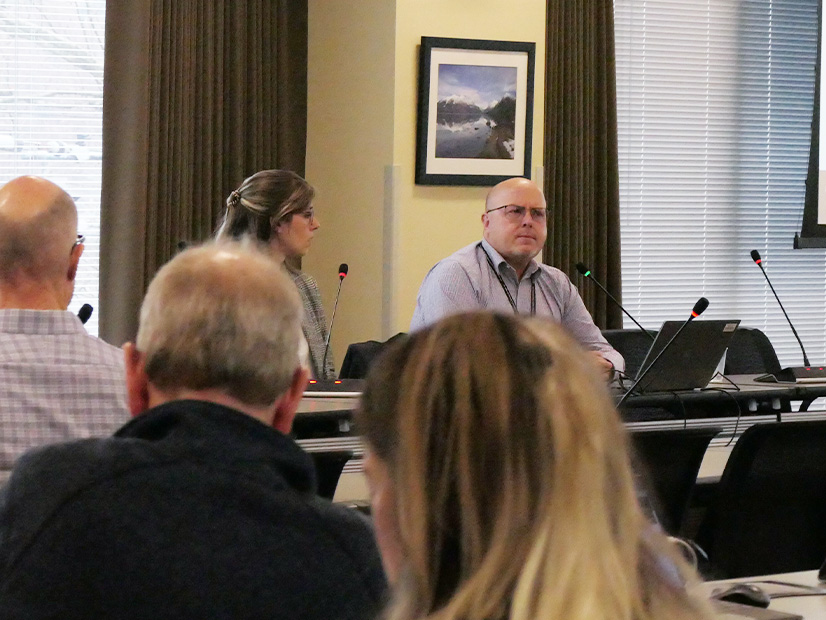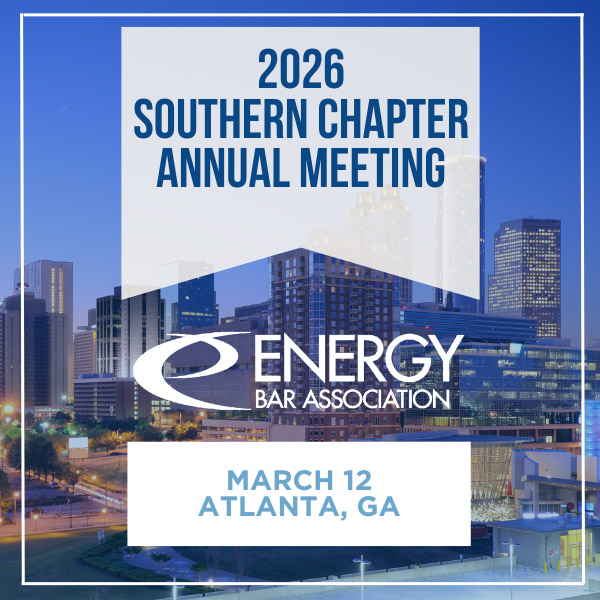
PORTLAND, Ore. — The Bonneville Power Administration would have to strike several types of agreements, many of which are complex and could take years to implement, to tackle seams that could arise if BPA joins a day-ahead market, agency staff said during a workshop Jan. 30.
BPA has generation and load all over the Pacific Northwest that would be impacted by market seams irrespective of whether the agency chooses to join SPP’s Markets+ or CAISO’s Extended Day-Ahead Market (EDAM). With 38 balancing authorities and over 30 transmission service providers, the Western interconnection already is complex, Todd Kochheiser, senior electrical engineer at BPA, said during a presentation on the seams issue.
“Anybody that’s operated in the Pacific Northwest, either commercially or [in a] more traditional sense, knows that a lot of the BAAs in the Northwest are non-contiguous,” Kochheiser said. “They’re sort of stitched together using a collection of native transmission and third-party transmission service providers. It’s a fairly messy landscape when you look at it from that perspective.”
BPA’s own BAA is similarly non-contiguous and located in six states while adjacent to 18 BAAs, Kochheiser noted.
The creation of day-ahead markets and associated real-time markets “will change existing market and [reliability coordinator] footprints in the [Pacific Northwest] and introduce new seams on top of those that already exist,” a BPA staff presentation stated.
For BPA, this means ensuring seams agreements and their implementation “address concerns that are unique and specific to Bonneville,” Kochheiser said.
But getting there is tricky. BPA must strike complex agreements with multiple parties that can take years to negotiate and implement. Agreements between RTOs can range from 200 to 400 pages, according to the presentation.
However, staff pointed out that BPA has experience negotiating agreements that can guide the agency. For example, the agency already has a Coordinated Transmission Agreement (CTA) with CAISO, Kochheiser said.
Still, it took a long time to get BPA and CAISO to agree on terms for the existing CTA contract, and it took even longer to implement it, according to Kochheiser.
“It probably took twice or three times longer to implement than it did to negotiate and sign it,” he said, adding that “signing an agreement isn’t the touchdown. You’re at the 50-yard line.”
Proponents of both Markets+ and EDAM each have argued that their respective preferred market choice provides a better solution for resolving seams.
‘Difficult Headache’
A study published in February 2024 by the Western Power Trading Forum (WPTF) and Portland, Ore.-based Public Generating Pool found that a seam between EDAM and Markets+ likely would create challenges beyond those seen at the boundaries of the full RTOs in the Eastern U.S., given that each market still would contain operating seams within them.
Fred Heutte, a senior policy analyst at the Northwest Energy Coalition (NWEC), has pointed to this study to argue that, given BPA’s size, the agency’s positions would be even more complicated if it joins Markets+ while many of its neighbors join EDAM because both markets effectively would be running on top of its balancing authority area.
Heutte reiterated those concerns during the Jan. 30 workshop, saying splitting the West into two major markets would “be a permanent, expensive, difficult headache, just on the agreement side.”
Actual implementation would not be any easier, Heutte said. There’s a risk that seams agreements cannot identify unforeseen issues, “and we see distortion in the market system operation that costs a lot of money and a lot of time.”
“There’s been a sort of free-floating thing ‘Oh, we can just deal with this with the seams agreement.’ It’s not going to be so easy, and it’s going to be expensive,” Heutte added.
But proponents of Markets+ have a different view. For example, Jeff Spires, director of power at Powerex, argued in September that Markets+ provides a much more equitable solution to tackling market seams than EDAM. Spires warned about joining EDAM, saying participants would be subject to the whims of CAISO and its purported preference toward California.
During the Jan. 30 workshop, Laura Trolese with The Energy Authority said she understands the concerns about BPA joining Markets+ as it “might seem like it’s creating many more seams than if BPA were to join EDAM.” However, she added it appears EDAM still has “a lot of seams that are pretty complex.”
Libby Kirby, BPA’s market initiatives policy lead, said BPA is not solely responsible for creating seams.
“The decision of all of us ultimately resulting in two markets creates an additional seam,” Kirby said. “It is not only BPA that has made a decision. I want to make sure that’s clear.”
BPA has said it will issue a draft day-ahead market decision in March and a final decision in May.


